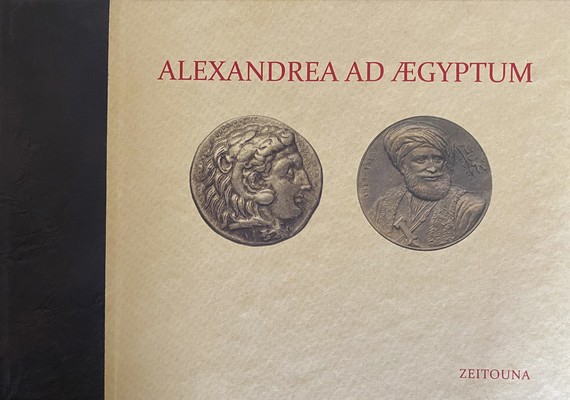
- We will send in 10–14 business days.
- Publisher: Zeitouna
- ISBN-10: 9775864313
- ISBN-13: 9789775864314
- Format: 17.2 x 24.4 x 2.2 cm, kieti viršeliai
- Language: English
- SAVE -10% with code: EXTRA
Alexandrea Ad Aegyptum (e-book) (used book) | bookbook.eu
Reviews
Description
A nostalgic, gorgeously illustrated anthology of nineteenth and twentieth century writing on Alexandria
At the end of the eighteenth century, the city of Alexandria was a small backwater with a population of less than five thousand. Then in 1801 Muhammad Ali arrived in Egypt as second‐in‐command of an Albanian contingent, part of an Ottoman force sent to re‐occupy the country after Napoleon Bonaparte's invasion in 1798. By 1805, Ali had become ruler of Egypt and in a short time, he built a new modern cosmopolitan Alexandria--a thriving commercial hub and court city, the country's unofficial capital, and home to a large number of immigrants from the surrounding Mediterranean. Alexandrea ad Ãgyptum, the old Latin adage meaning "Alexandria by Egypt," re‐emerged, underlining Alexandria's singular separateness. Foreign dominance was further reinforced by British colonialism beginning in 1882, until 26 July 1956, when, from the parapet of the Bourse on Muhammad Ali Square in Alexandria, Gamal Abd al-Nasser announced the nationalization of the Suez Canal. As the city's sizeable foreign community left, following the Suez War then through waves of nationalization, the international Alexandria ceased to exist. This beautifully illustrated anthology brings together the work of contemporaneous writers who witnessed the stages of Alexandria's dramatic rise and growth during the nineteenth and early- to mid-twentieth centuries.EXTRA 10 % discount with code: EXTRA
The promotion ends in 22d.12:07:10
The discount code is valid when purchasing from 10 €. Discounts do not stack.
- Publisher: Zeitouna
- ISBN-10: 9775864313
- ISBN-13: 9789775864314
- Format: 17.2 x 24.4 x 2.2 cm, kieti viršeliai
- Language: English English
A nostalgic, gorgeously illustrated anthology of nineteenth and twentieth century writing on Alexandria
At the end of the eighteenth century, the city of Alexandria was a small backwater with a population of less than five thousand. Then in 1801 Muhammad Ali arrived in Egypt as second‐in‐command of an Albanian contingent, part of an Ottoman force sent to re‐occupy the country after Napoleon Bonaparte's invasion in 1798. By 1805, Ali had become ruler of Egypt and in a short time, he built a new modern cosmopolitan Alexandria--a thriving commercial hub and court city, the country's unofficial capital, and home to a large number of immigrants from the surrounding Mediterranean. Alexandrea ad Ãgyptum, the old Latin adage meaning "Alexandria by Egypt," re‐emerged, underlining Alexandria's singular separateness. Foreign dominance was further reinforced by British colonialism beginning in 1882, until 26 July 1956, when, from the parapet of the Bourse on Muhammad Ali Square in Alexandria, Gamal Abd al-Nasser announced the nationalization of the Suez Canal. As the city's sizeable foreign community left, following the Suez War then through waves of nationalization, the international Alexandria ceased to exist. This beautifully illustrated anthology brings together the work of contemporaneous writers who witnessed the stages of Alexandria's dramatic rise and growth during the nineteenth and early- to mid-twentieth centuries.

Reviews